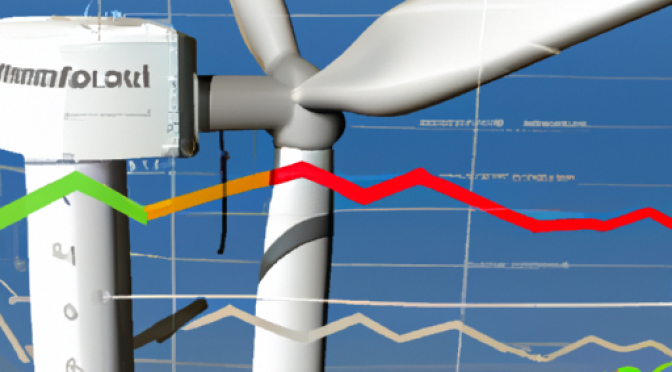"Cut-in" and "cut-out" wind speed are terms used in the wind energy industry. These terms relate to the operation of wind generators and refer to wind speed limits.
The cut-in wind speed is the minimum wind speed at which the wind generator starts producing power. This limit is usually lower than the maximum generation capacity and is usually around 3-4 m/s. When the wind speed reaches or exceeds the "cut-in" value, the wind turbine rotor starts to rotate and the generator produces electricity.
The "cut-out" wind speed is the maximum wind speed at which the wind generator stops operating. This limit is usually higher than the maximum generation capacity and is usually around 25-30 m/s. When the wind speed reaches or exceeds the "cut-out" value, the wind generator automatically shuts down to protect itself from overloading and damage.
The cut-in and cut-out wind speed limits are important for the efficient operation of wind turbines. Below the "cut-in" value, the wind generator will not produce enough power, while above the "cut-out" value, the wind generator may be overloaded, which can damage the equipment. These limits should therefore be taken into account when designing and operating wind turbines.
We hope that this article has helped you to understand the concepts of "cut-in" and "cut-out" wind speeds in the wind power industry. If you need further information, please consult reliable sources related to the wind energy industry.
∑: generator, usually, industry, limits, maximum, energy, operation, starts, generation
